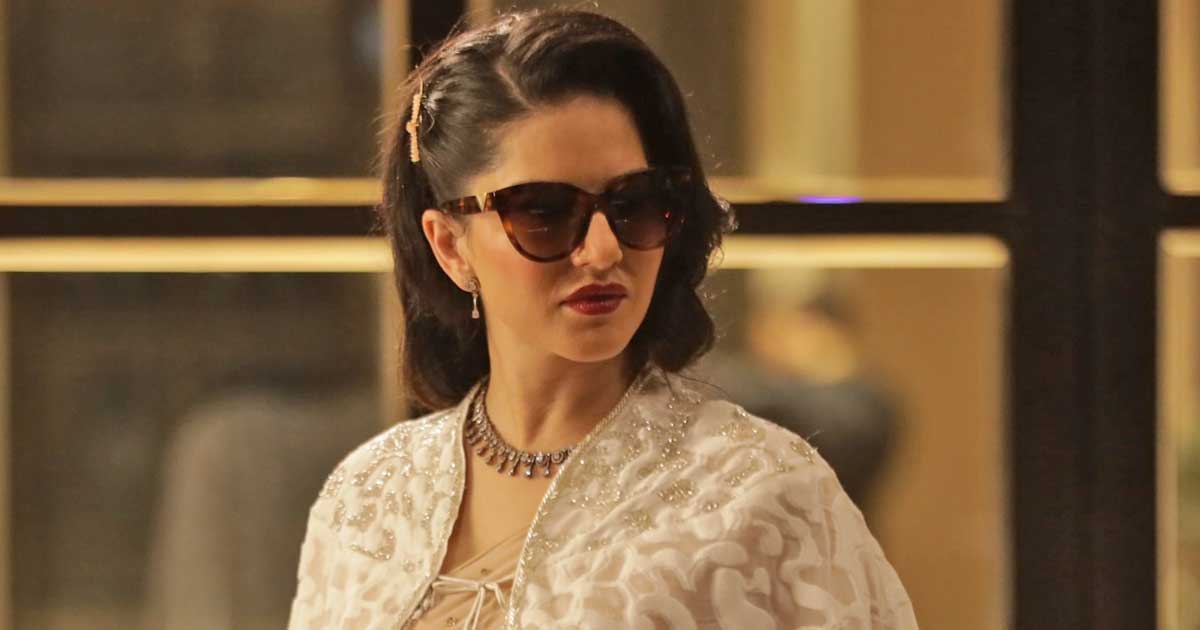You could criticise Anurag Kashyap for many things – including letting his quirks take over his screenplays at the worst possible junctures. What you cannot fault him for is his portrayal of Mumbai. That stands out, especially considering how many of his contemporaries and friends have drawn inspiration from places they came from. Not Kashyap. It may not be inaccurate, in fact, to cite the city as one of the greatest love stories of his life.
From Paanch to Black Friday, No Smoking, Ugly, and That Girl in Yellow Boots, Kashyap has repeatedly asserted his love for the city. Even the forgettable Bombay Velvet revelled in the delicious details of the city. Of course, none of his films are love letters to Mumbai or its people – whether the elite or the masses – but they reflect his sharp observations of its characters, its politics, and its underbelly. Kennedy is part of that same club.
For Kennedy, Kashyap draws inspiration from one of the darkest chapters in the police-underworld nexus, which came to light in the post-pandemic years – the very period in which Kennedy is set. It’s fairly evident that his protagonist is loosely based on Sachin Waze, the former police officer and encounter specialist, and on the events surrounding what is now known as the “Antilia bomb scare” case. Kashyap weaves the story of Uday Shetty, aka Kennedy, using many of the elements we now associate with Waze.
This is the story of an encounter cop who seems to derive particular satisfaction from killing criminals and is now desperately hunting Saleem, a gangster on the run. Shetty himself is officially a dead man, operating as a clean-up man for the city’s top cop. Flashbacks reveal that he lost his son in a bomb blast orchestrated by Saleem. Despite his trigger-happy nature, Shetty appears to carry a weary conscience.
Kashyap reunites with Rahul Bhat, with whom he earlier made Ugly. In Rahul, the director finds exactly what he needs – someone who can convey despondency, desperation, and absolute calm simultaneously. With much of his face covered by a mask for the majority of the film, Rahul relies on his eyes and voice to breathe life into Uday Shetty.
The film also features a surprisingly strong performance from Sunny Leone – not typically known for her acting prowess.

Kennedy moves at its own pace. Like his protagonist, Kashyap appears in no rush. Each scene is given time to breathe, inviting the viewer to soak in its atmosphere. He employs music and poetry to great effect, partnering with fresh talents such as Aamir Aziz and Boyblanck. One poem that stands out – exploring Shetty’s guilt – is Bataa Kitna Maza Aaya. It’s raw and thought-provoking. At times, it feels as though Kashyap wants the viewer to experience each scene individually rather than the film as a whole.
While he occasionally falters in terms of substance, he more than compensates with style. Kennedy is among Kashyap’s most visually striking films – no small feat for a director who’s given us Dev.D and Bombay Velvet. Sylvester Fonseca’s cinematography is not just competent – it’s picture-perfect throughout.
Kennedy is classic Kashyap – it delves into darkness and provokes reflection. Strangely enough, it rarely asks you to like its protagonist. These characters are not meant to be likeable, and the storyteller in Kashyap seems entirely at ease with that. This is as dark as it gets – nihilistic, even. Perhaps that’s the intention behind beginning the film with a couplet from Wordsworth:
“We Poets in our youth begin in gladness; But thereof come in the end despondency and madness.”
Quite telling.
